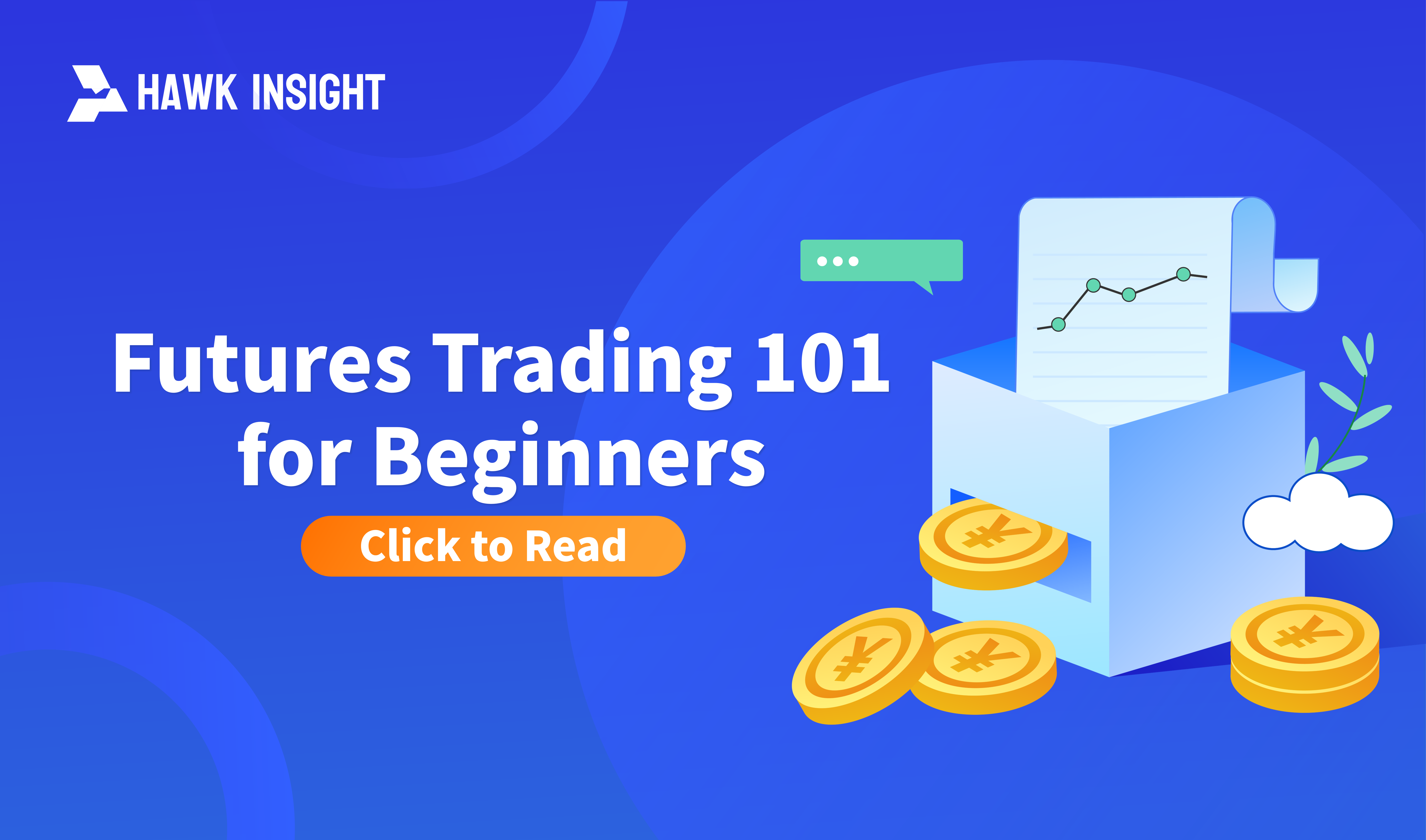Futures Trading 101 for Beginners
Learn the basics of futures trading and start your journey to potentially making a profit.This beginning's guide covers everything from understanding futures contracts to strategies and tools for success.

Futures markets, with their high liquidity and leverage, have become an important venue for global investors to allocate assets and manage risks. However, for beginners in futures trading, this market can be both fascinating and challenging. This article will provide a comprehensive guide to futures trading, covering basic knowledge, risk management, choosing a futures broker, trading tools and resources, and trading strategies.
Concept of Futures Contracts
A futures contract is a standardized legal agreement that stipulates the purchase or sale of a specific quantity of an asset at a predetermined price on a future date. These assets can be commodities (such as wheat, crude oil), financial instruments (such as Treasury bonds, stock indices), or currencies. Futures contracts are traded on exchanges and are an important tool for investors to hedge market risks or speculate on price movements.
Types of Futures Contracts
There is a wide variety of futures contracts available for trading, including:
- Commodity Futures: Such as crude oil, gold, agricultural products, reflecting the price fluctuations of basic commodities.
- Financial Futures: Such as Treasury bonds, stock index futures, reflecting the dynamics of the financial market.
- Currency Futures: Such as Euro/USD, reflecting changes in currency exchange rates.
- Index Futures: Such as S&P 500, NASDAQ 100, reflecting the overall performance of the stock market.
Futures Trading Mechanisms and Risks
Futures trading centres on the prediction of future prices. By buying (long) or selling (short) a futures contract, an investor expresses an expectation of the future price of the underlying asset. The profit or loss on a futures contract depends on the difference between the settlement price of the contract at expiry and the price at which it was bought or sold.
The risk of futures trading comes mainly from market uncertainty and leverage. Leverage can magnify gains and likewise losses. In addition, unexpected events in the market, such as economic data releases, political changes or natural disasters, can have a significant impact on futures prices. Risk management is therefore an integral part of futures trading.
How to Start Futures Trading
To start futures trading, investors need to open an account with a futures broker that offers futures trading services. During the account opening process, investors need to meet the minimum deposit requirements and understand the trading rules and fees of the futures broker. After the account is set up, investors can trade in the market through the trading platform provided by the futures broker.
Choosing the Right Futures Broker
When choosing a futures broker, investors should consider the following factors:
- Fee Structure: Including trading fees, platform usage fees, etc.
- Types of Contracts: Ensure that the futures broker offers the futures contracts that investors are interested in.
- Customer Service: Quality customer service can provide important support during the trading process.
- Regulatory Compliance: Choose a futures broker that is strictly regulated to ensure the safety of funds and transparency of transactions.
Tools and Resources for Futures Trading
To help investors better engage in futures trading, there are various tools and resources available:
- Trading Platforms: Provide real-time quotes, order placement, and risk management functions.
- Market Data and News Services: Provide timely market information to help investors make decisions.
- Educational Resources: Including books, webinars, seminars, and online courses to help investors improve their trading skills.
Strategies for Futures Trading
There are many different strategies for futures trading, suitable for investors with different risk preferences and trading styles. Some common strategies include:
- Trend Following: Trading by identifying and following market trends.
- Contrarian Trading: Taking a position opposite to the market's mainstream expectations when the market overreacts.
- Arbitrage Trading: Trading to make risk-free profits by exploiting price differences in different markets or at different times.
- Hedging Trading: Hedging risks in the spot market through futures contracts.
Common Mistakes Made by Beginners
In futures trading, beginners often make mistakes such as:
- Emotional Trading: Letting fear and greed dominate trading decisions.
- Overtrading: Frequent trading leads to high trading costs and psychological pressure.
- Improper Risk Management: Not setting stop losses or overusing leverage.
Conclusion
Futures trading offers investors a diversified investment channel but also comes with higher risks. By understanding the basic principles of futures contracts, mastering risk management skills, choosing a reliable futures broker, and utilizing effective trading tools, investors can find their foothold in this market full of opportunities.
By deeply understanding the mechanisms and trading strategies of the futures market, investors can better grasp market dynamics and make wise investment decisions. Futures trading is not only a technical task but also an art that requires investors to continuously learn and practice.
Disclaimer: The views in this article are from the original Creator and do not represent the views or position of Hawk Insight. The content of the article is for reference, communication and learning only, and does not constitute investment advice. If it involves copyright issues, please contact us for deletion.